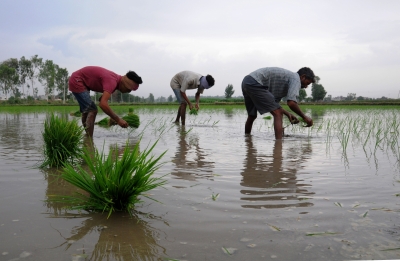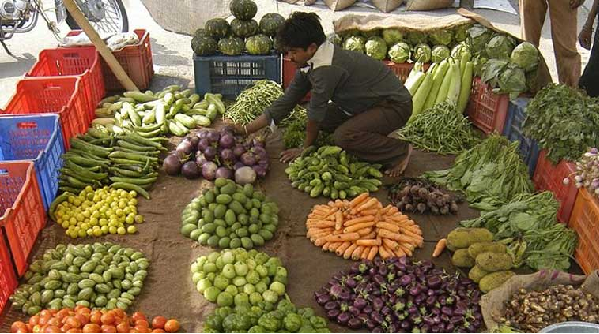Energy, metals and agriculture prices have all tumbled from their March peak on inflationary recession fears amid a slew of economic warning signs, but a commodity bust is far from inevitable, S&P Global Commodity Insights said in a report. New Delhi, Aug 2, 2022:...









